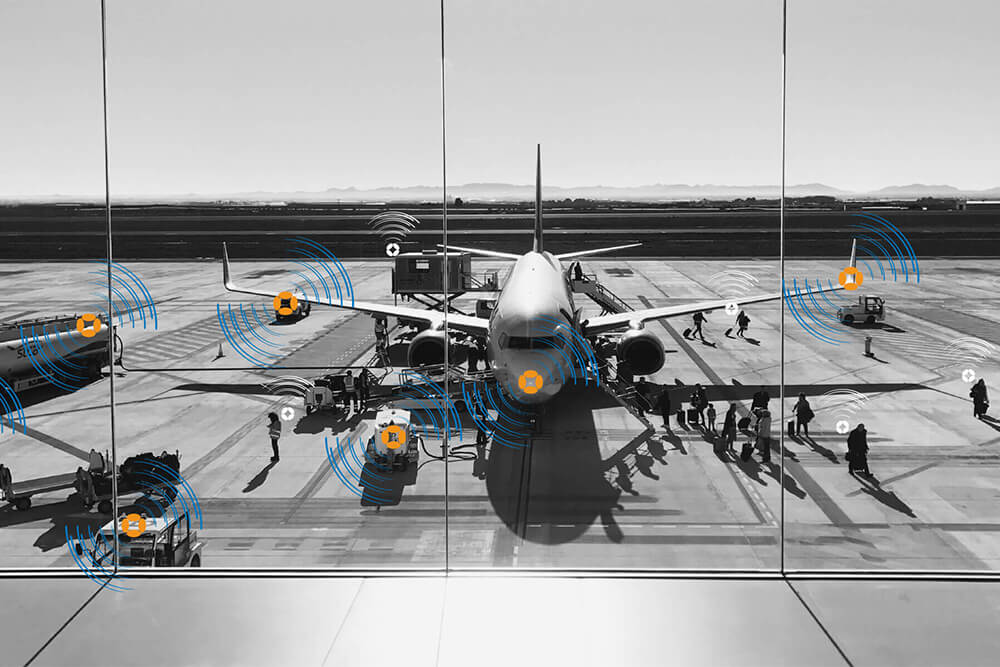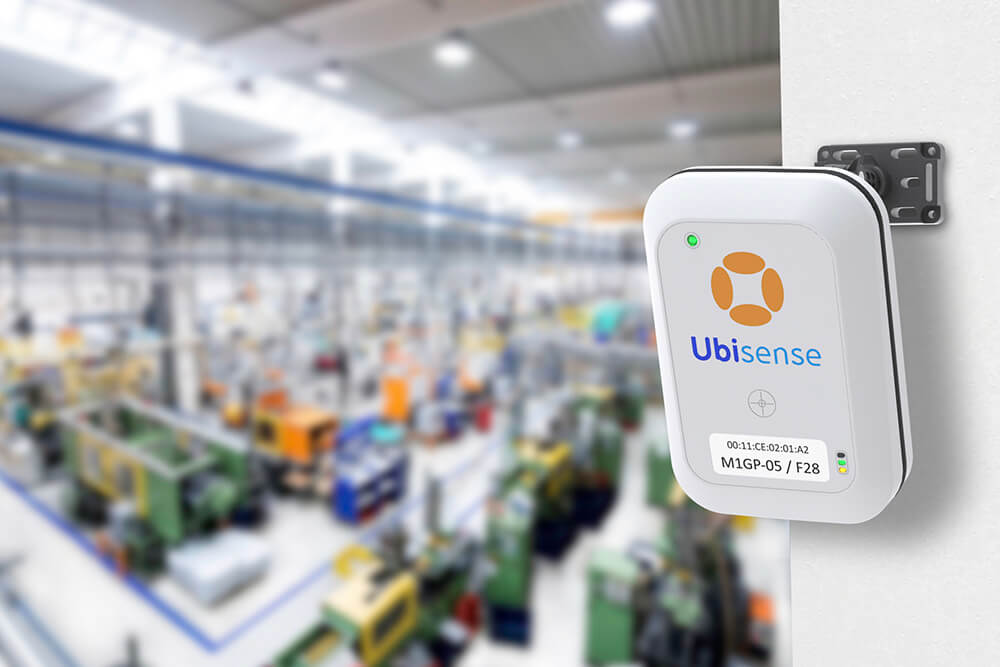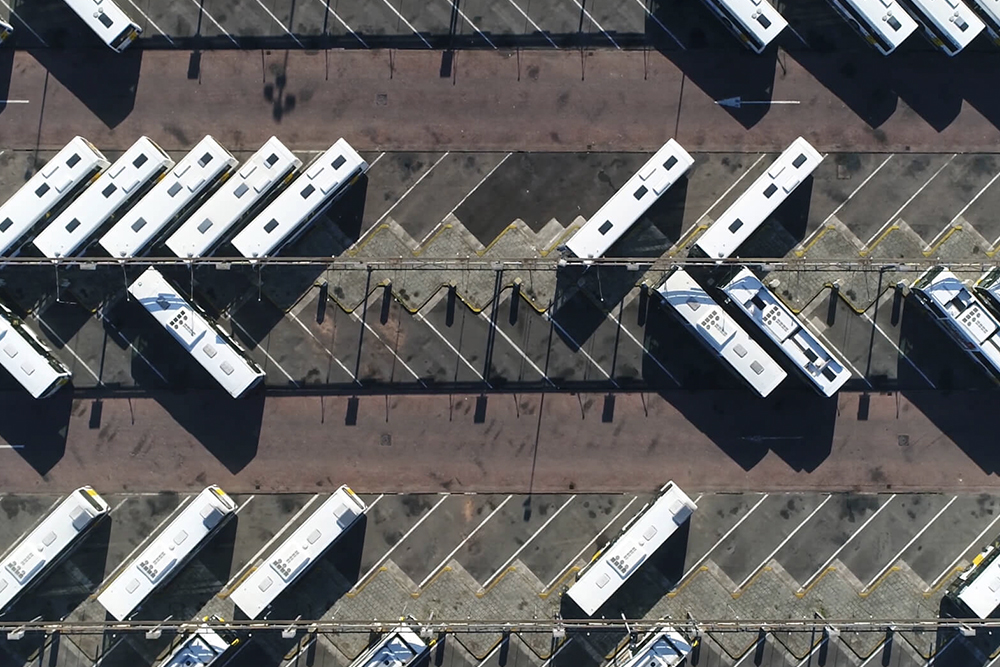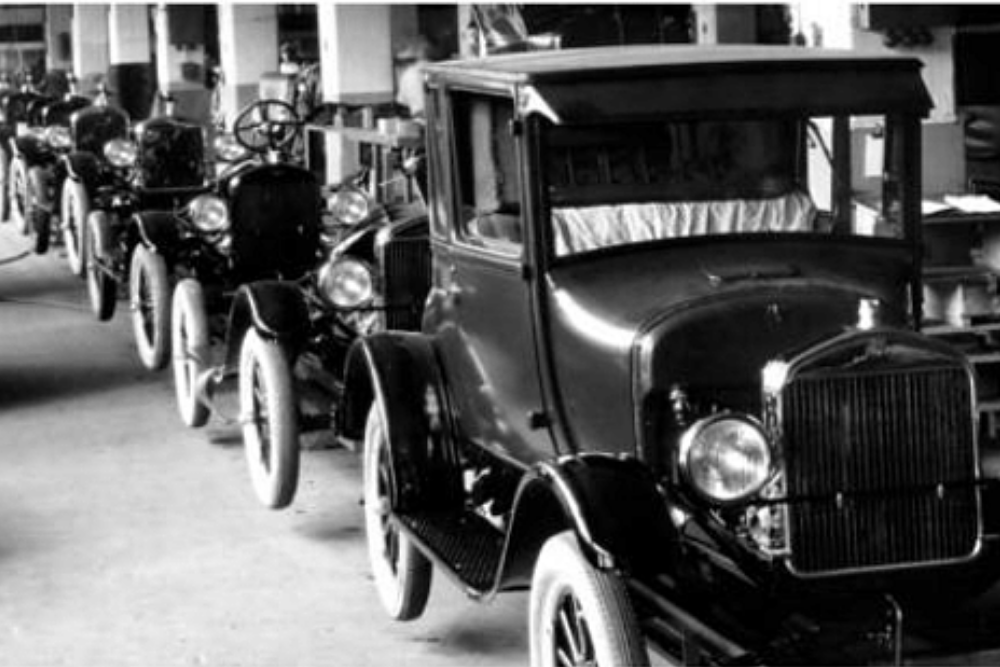RTLS Systems: FAQ
Ubisense2024-03-26T16:26:02+00:00RTLS Systems: FAQ Real-Time Location Systems (RTLS) have emerged as crucial tools for enhancing efficiency in manufacturing processes. These systems leverage advanced technologies to track and manage assets, personnel, and inventory in real-time, providing companies with valuable insights for optimizing their operations. As businesses increasingly explore the potential of RTLS, numerous questions arise. This FAQ article aims to address key inquiries to assist companies considering investments in RTLS systems for manufacturing facilities. What is








